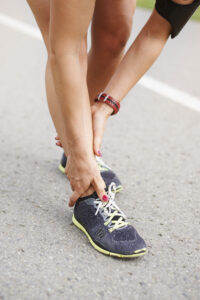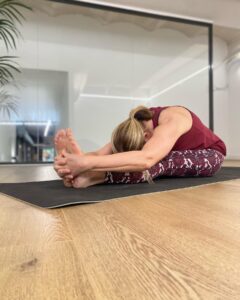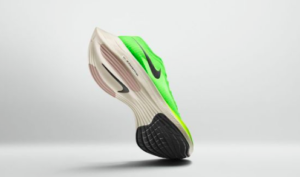
What is periositis?
Periositis, also known as medial stress syndrome of the tibia or without splints, is a condition characterized by inflammation of the tissues that surround the bone of the tibia, specifically the periosteum, which is the outer layer of the bone.
Causes
The mechanism of injury for shin splints is generally related to repetitive and excessive stress on the tibia, which causes an inflammatory response in the surrounding tissues. Some factors that contribute to the appearance of periositis include:
- High-impact repetitive activities: Running or jumping on hard, rigid surfaces, especially on sloping or uneven terrain, can place excessive stress on the tibia and trigger shin splints. Sudden increase in exercise intensity or duration: Sudden increase in training load without allowing the body to gradually adapt can overload tibial tissues and trigger inflammation.
- Incorrect technique: Poor running technique, such as incorrect footing or poor body alignment, can increase load and stress on the tibia, contributing to shin splints.
- Inadequate footwear: Wearing athletic shoes that do not provide adequate support, cushioning or stability can increase stress on the tibia and increase the risk of shin splints.
- Anatomical and biomechanical factors: Some individuals may have a genetic predisposition or anatomical features that affect load distribution on the tibia, increasing the risk of shin splints.
Recovery
To recover from shin splints, it’s important to follow a few key steps. Here are some recommendations to help you in the recovery process:
- Changes in physical activity: It is important to identify and correct the factors that contributed to shin splints. This may include adjusting running technique, changing athletic shoes, avoiding hard surfaces, or decreasing the intensity and duration of exercise.
- Rest: It is essential to allow the inflamed tissues to recover. This involves reducing or avoiding activities that aggravate pain, such as running or jumping. Get plenty of rest to allow inflammation to subside and tissues to repair themselves.
- Indiba, neuromodulation, magnetotherapy and adapted strength work.
- Cold application: Apply ice or cold packs to the affected area to reduce swelling and relieve pain. You can do it for 15-20 minutes several times a day. Be sure to wrap the ice in a towel to prevent skin burns.
- Medication: In the acute phase non-steroidal anti-inflammatory drugs (NSAIDs), such as ibuprofen or naproxen, can help reduce pain and inflammation. However, check with your doctor before taking any medication, as they can have side effects and are not suitable for everyone.
In summary, shin splints occur due to a combination of repetitive and excessive stress on the tibia, along with other contributing factors. The mechanism of injury involves inflammation of the tissues surrounding the bone, resulting in pain, tenderness, and possibly the formation of small stress fractures. It is important to properly address this condition to prevent complications and allow for a full recovery.












